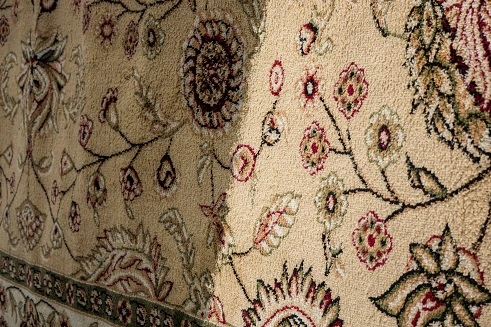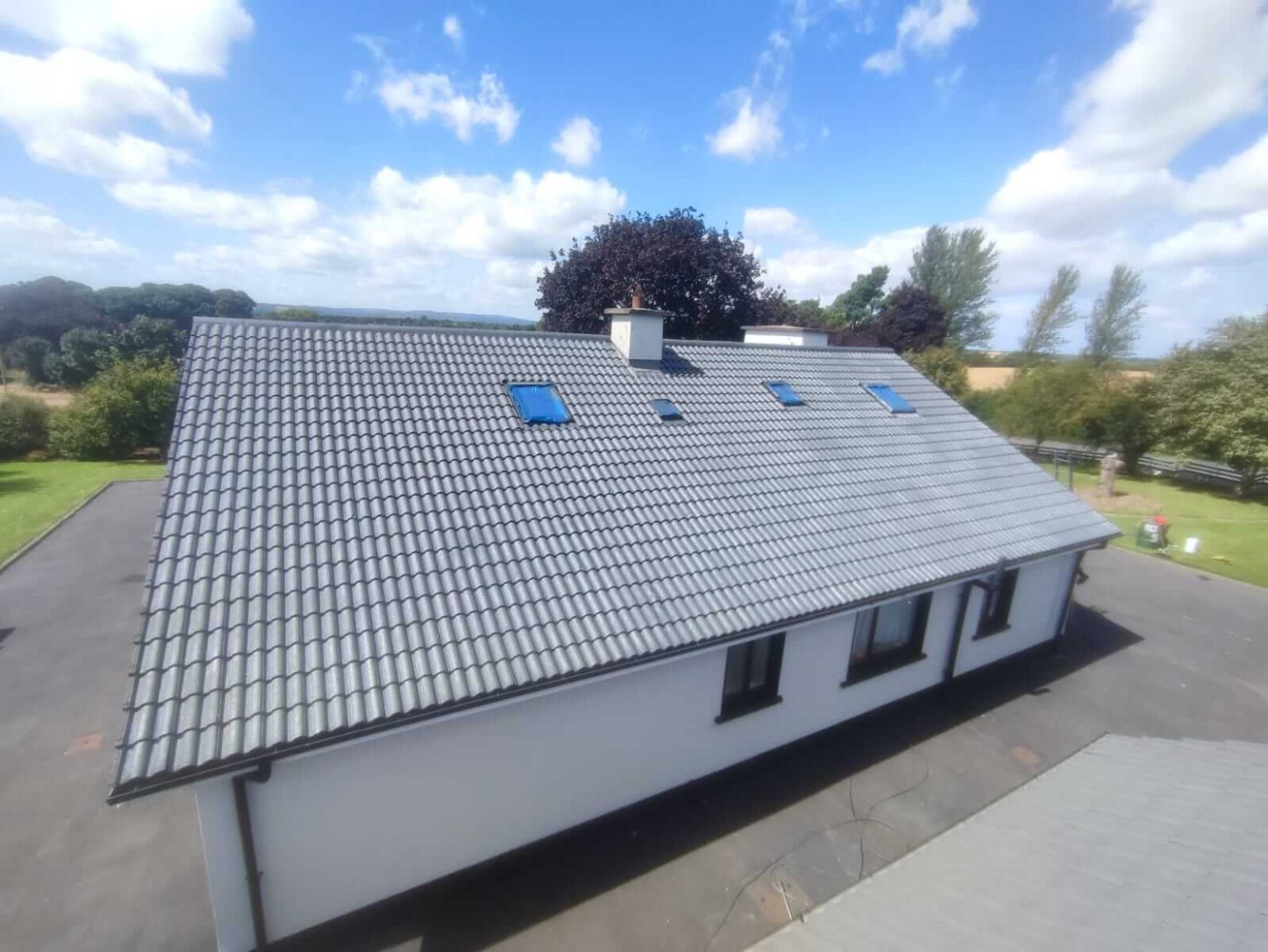.jpeg)
Dampness in Your Home. Causes, Effects, and How to Combat It
Dampness in Your Home: Causes, Effects, and How to Combat It
Dampness is a common issue in many homes, and if left unchecked, it can lead to serious problems like mold growth, structural damage, and health issues. Whether you’re dealing with condensation on windows, musty smells, or visible water stains, addressing dampness is crucial for maintaining a healthy and comfortable living environment. In this blog, we’ll explore the causes of dampness, its effects, and practical ways to combat it in your home.
What Causes Dampness?
Dampness occurs when excess moisture accumulates in your home. The main causes include:
-
Condensation:
- Occurs when warm, moist air comes into contact with cold surfaces like windows or walls.
- Common in kitchens, bathrooms, and poorly ventilated spaces.
-
Rising Damp:
- Caused by groundwater rising through porous building materials like bricks and mortar.
- Often seen in older homes without a damp-proof course (DPC).
-
Penetrating Damp:
- Results from water leaking through walls, roofs, or windows due to structural issues like cracked walls, damaged gutters, or faulty plumbing.
-
Lifestyle Factors:
- Activities like cooking, showering, and drying clothes indoors can increase indoor humidity levels.
Effects of Dampness
Ignoring dampness can lead to a range of problems:
- Health Issues: Damp environments encourage mold growth, which can trigger allergies, asthma, and respiratory problems.
- Structural Damage: Moisture can weaken walls, ceilings, and wooden structures, leading to costly repairs.
- Unpleasant Odors: Dampness often causes musty smells that are hard to eliminate.
- Reduced Property Value: Persistent dampness can deter potential buyers and lower your home’s market value.
How to Combat Dampness in Your Home
1. Improve Ventilation
- Install Extractor Fans: Use fans in high-moisture areas like kitchens and bathrooms to remove humid air.
- Open Windows: Regularly air out your home to allow fresh air to circulate.
- Use Trickle Vents: Install these small vents in windows to allow continuous airflow without losing heat.
2. Use a Dehumidifier
- A dehumidifier can effectively reduce indoor humidity levels, especially in basements or rooms prone to dampness.
- Choose a model with a built-in hygrometer to monitor humidity levels (ideally between 30% and 50%).
3. Fix Structural Issues
- Repair Leaks: Inspect your roof, gutters, and plumbing for leaks and fix them promptly.
- Install a Damp-Proof Course (DPC): If rising damp is an issue, consider installing or repairing a DPC to prevent groundwater from seeping into your walls.
- Seal Cracks: Fill cracks in walls, windows, and foundations to prevent water penetration.
4. Insulate Your Home
- Proper insulation can prevent condensation by keeping surfaces warmer.
- Focus on areas like walls, roofs, and windows where cold spots are common.
5. Control Indoor Humidity
- Cover Pots When Cooking: This reduces steam and moisture in the air.
- Dry Clothes Outdoors: If possible, avoid drying clothes indoors, as this releases moisture into the air.
- Use Moisture Absorbers: Place moisture-absorbing products like silica gel or calcium chloride in damp areas.
6. Clean and Treat Mold
- If mold has already formed, clean it with a mixture of water and white vinegar or a commercial mold remover.
- Wear protective gear like gloves and a mask to avoid inhaling spores.
- After cleaning, address the underlying cause of dampness to prevent mold from returning.
7. Maintain Your Gutters and Drainage
- Clean gutters regularly to prevent blockages that can cause water to overflow and seep into your home.
- Ensure downspouts direct water away from your home’s foundation.
- Use experts such as Cleanway.ie to clean gutters safely
8. Use Waterproof Paint
- Apply waterproof or damp-resistant paint to walls and ceilings in areas prone to dampness, such as basements and bathrooms.
When to Call a Professional
While many dampness issues can be resolved with DIY solutions, some situations require professional intervention:
- Severe Rising Damp: A damp-proofing specialist can install or repair a DPC.
- Extensive Mold Growth: Professionals have the tools and expertise to safely remove large mold infestations.
- Structural Damage: If dampness has caused significant damage to your home’s structure, consult a builder or contractor.
Preventing Dampness in the Long Term
- Regular Inspections: Check your home for signs of dampness, such as peeling paint, water stains, or musty smells.
- Monitor Humidity Levels: Use a hygrometer to keep track of indoor humidity and take action if levels rise too high.
- Invest in Quality Materials: When renovating or building, use damp-resistant materials and ensure proper insulation and ventilation.
Dampness is more than just an eyesore—it’s a problem that can affect your health, home, and wallet. By understanding the causes and taking proactive steps to combat moisture, you can protect your home from the damaging effects of dampness. From improving ventilation to fixing structural issues, small changes can make a big difference. If the problem persists, don’t hesitate to seek professional help.




